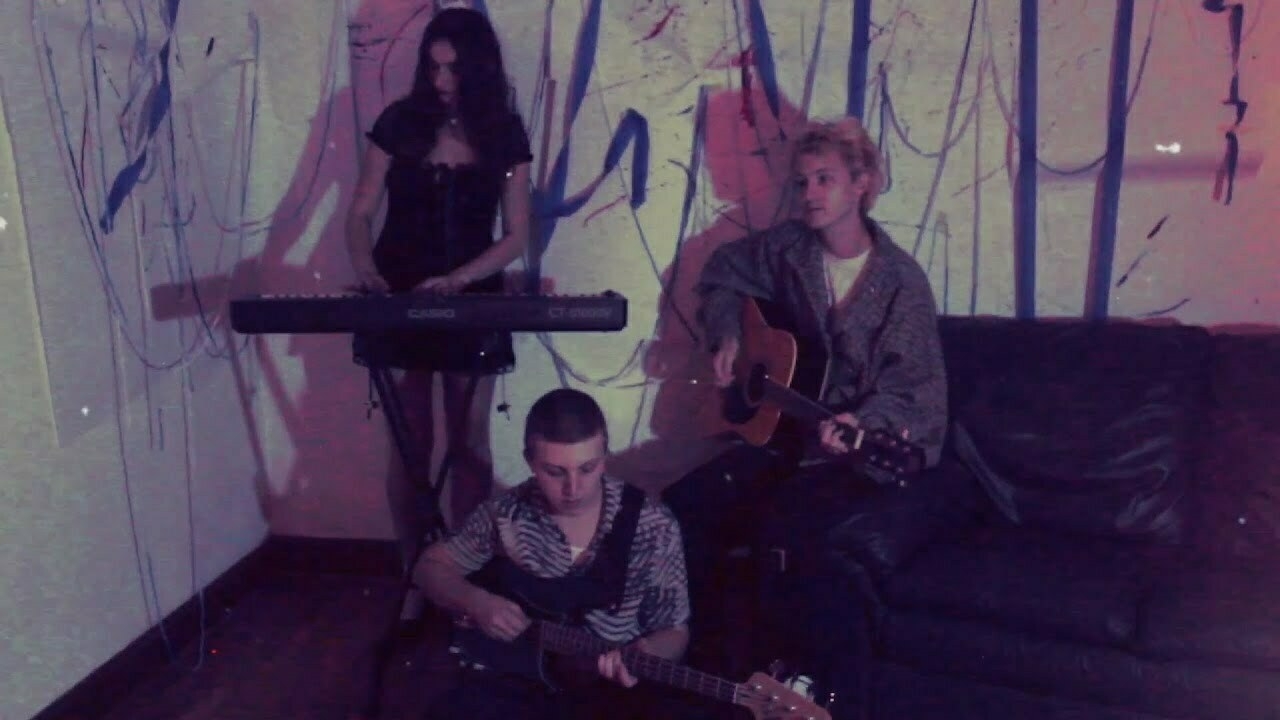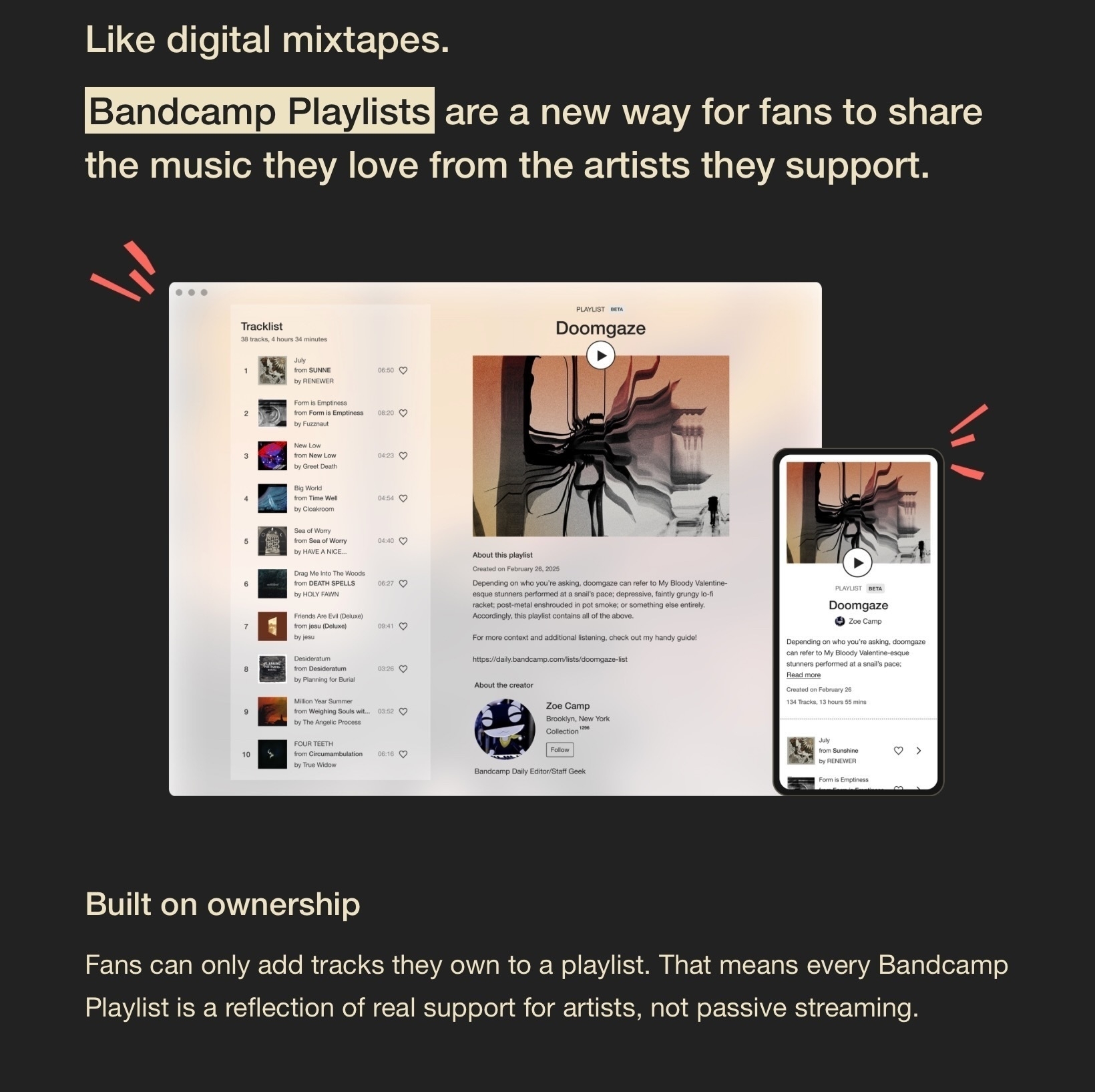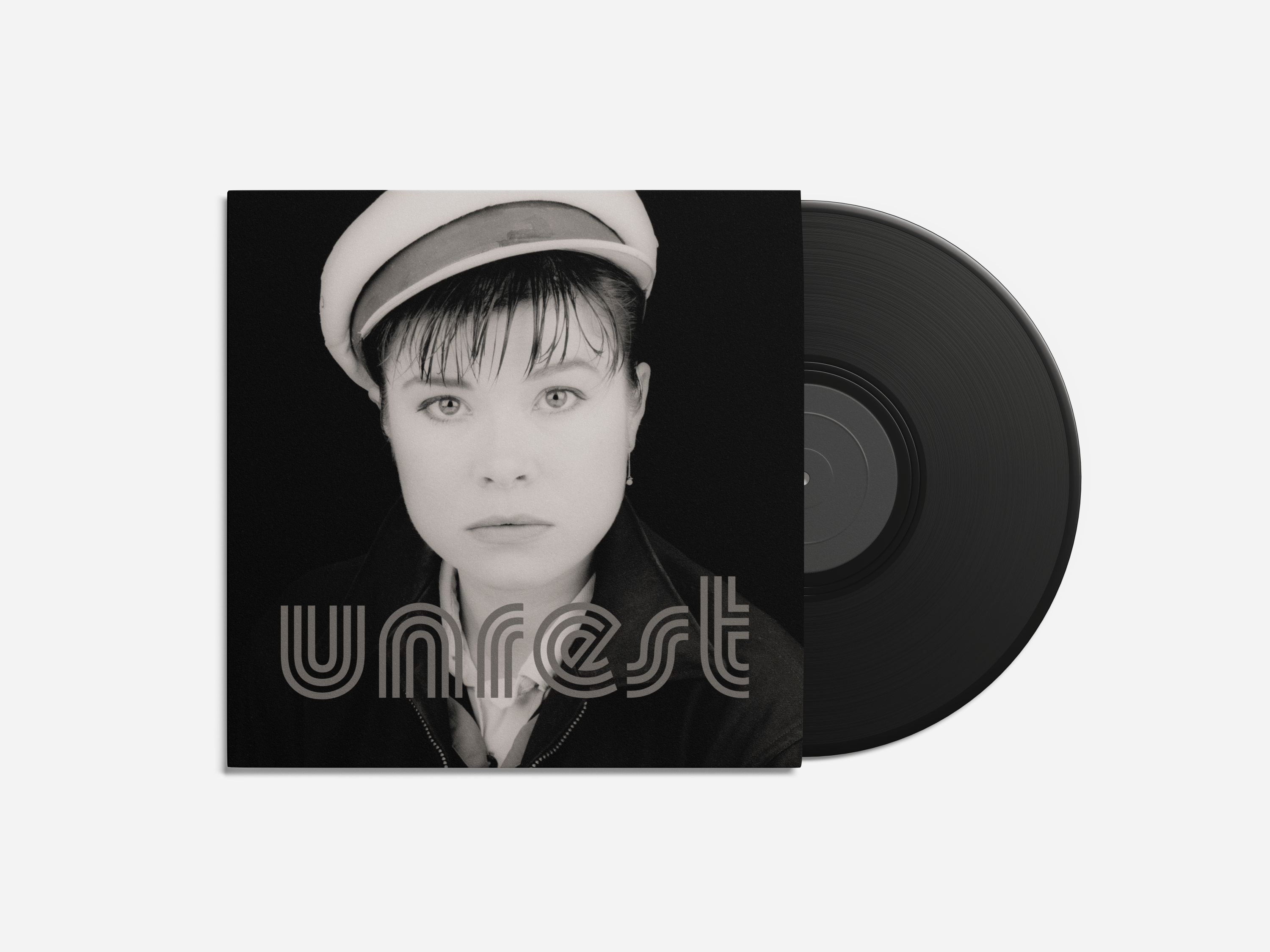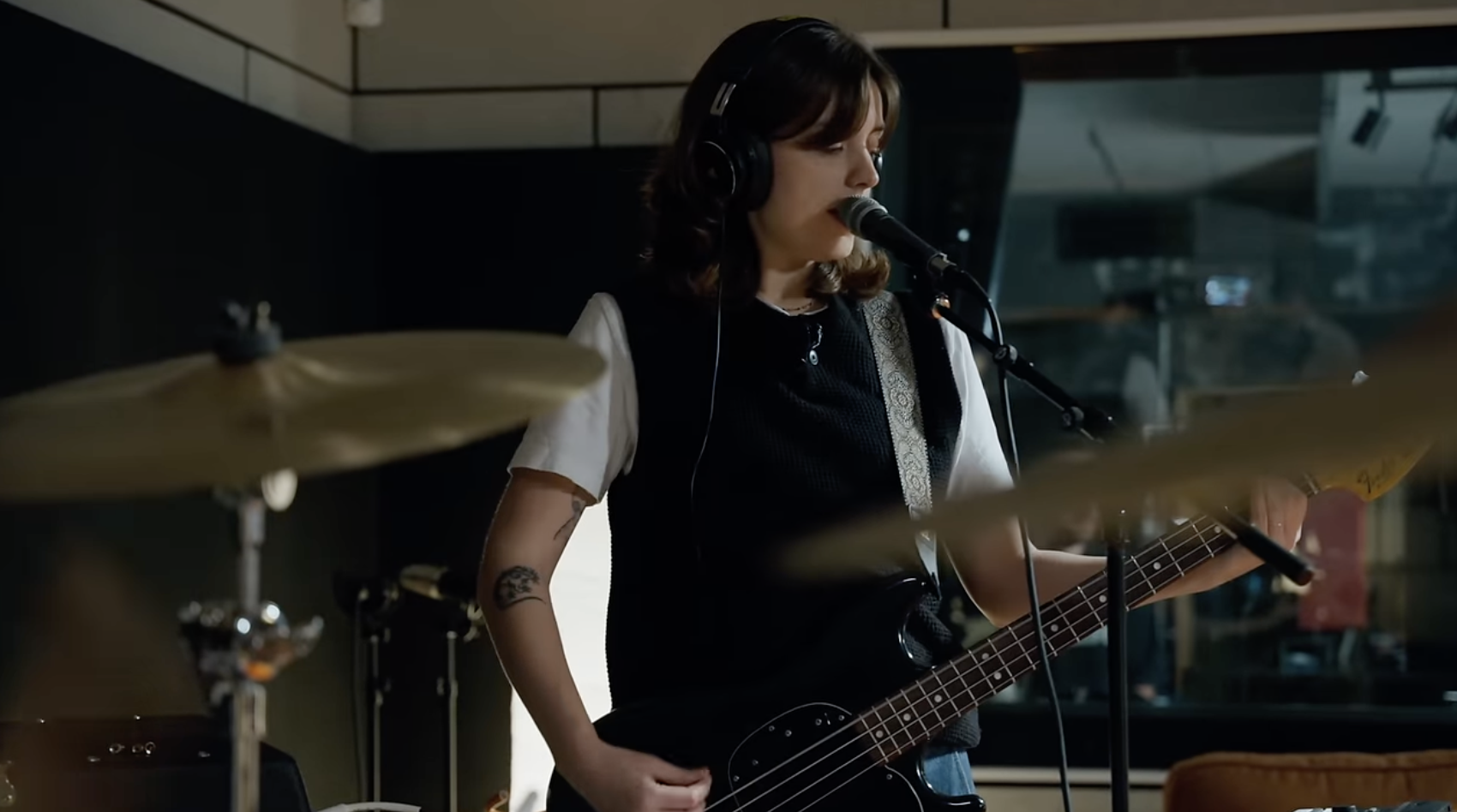In honor of Tops’ new album Bury The Key being released yesterday, I’m featuring one of the tracks, “Falling On My Sword,” as the Saturday Night Video this week.
“Falling On My Sword” is my favorite among the early singles from this LP and probably the one that most closely matches the 70’s prog rock-inspired cover art. It’s a bit of a left turn for Tops. Based on their previous work, you would think anything born of a seventies influence would be more in line with late-decade disco (and the remainder of the album features some of that).



